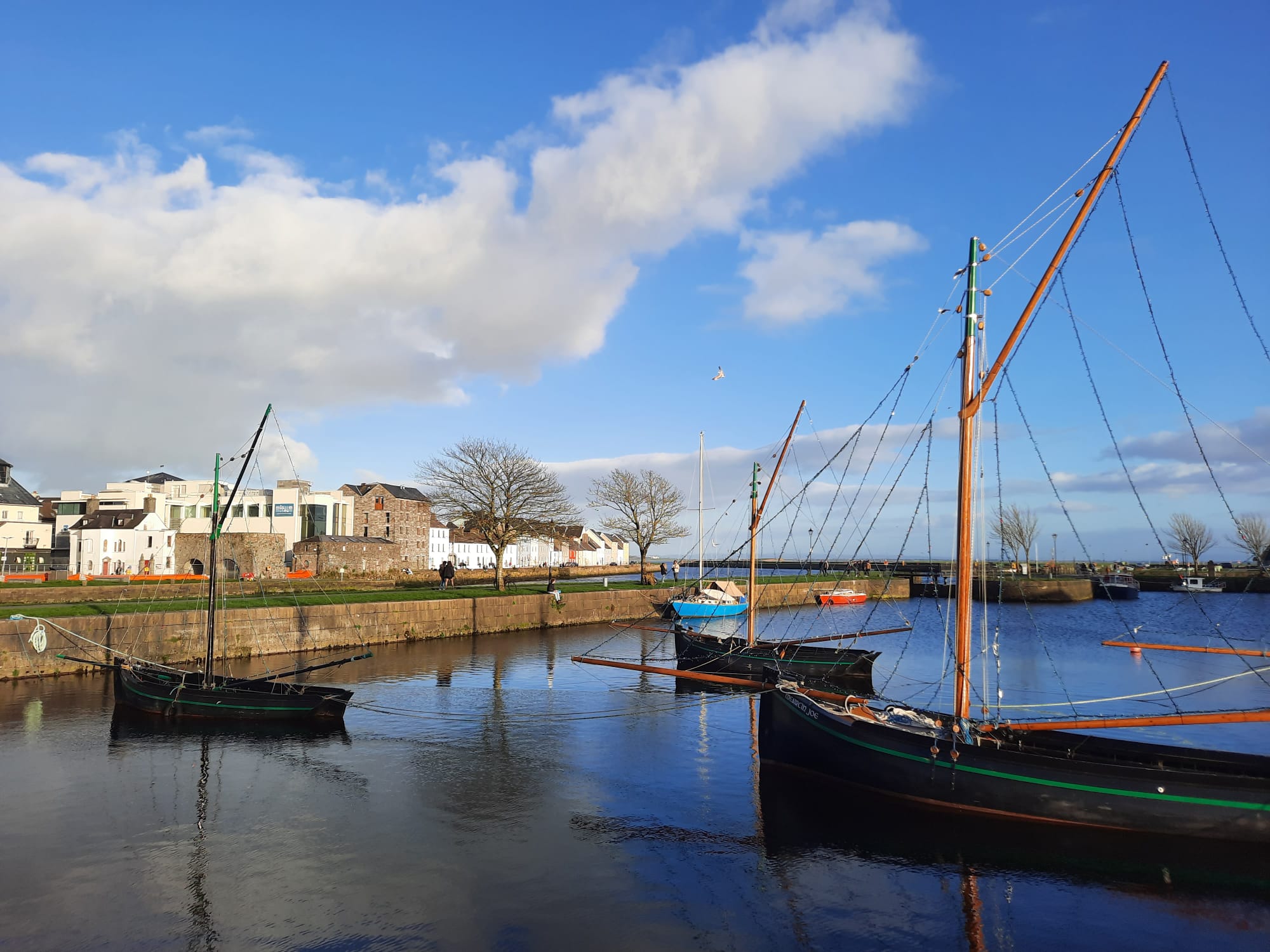Galway – An Off-Season Weekend Guide For Culture Lovers
So you’re in Galway outside of the summer season? You’re still in luck, with a bit of commitment there’s still plenty for the eager culture lover to do and see.
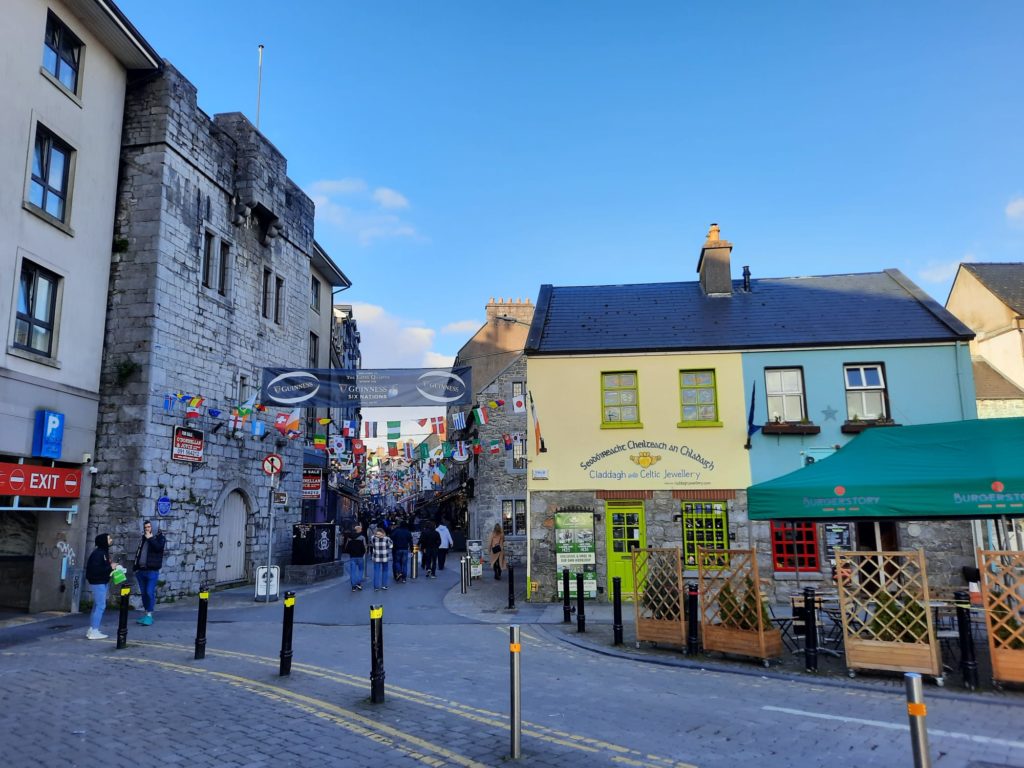
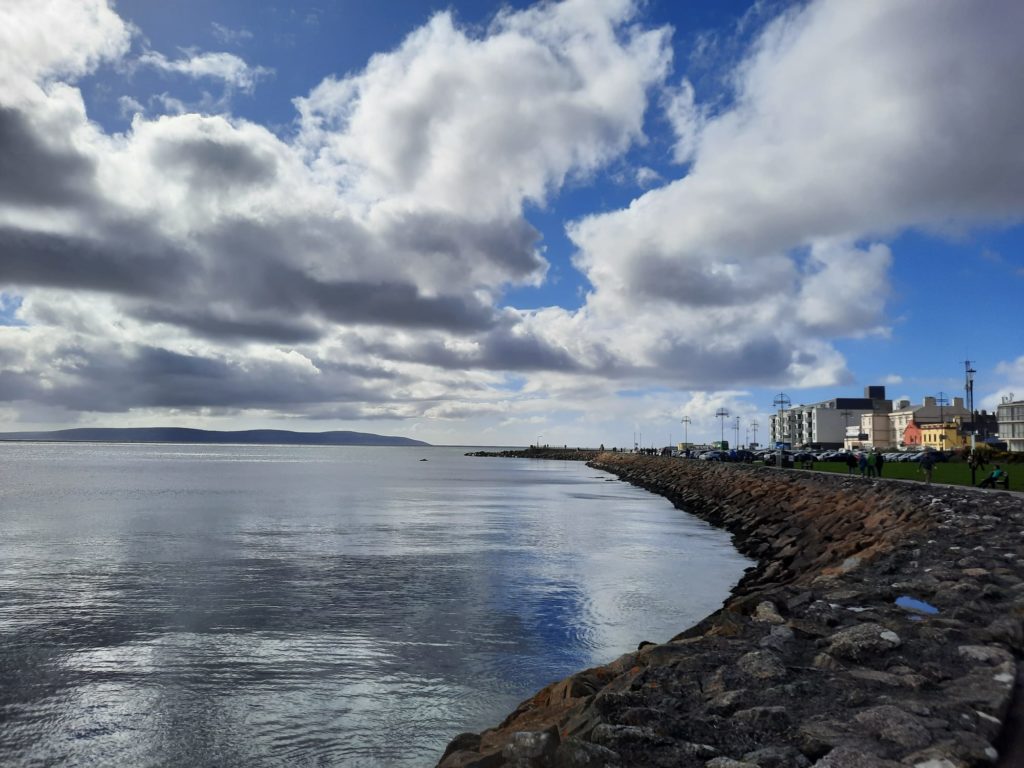
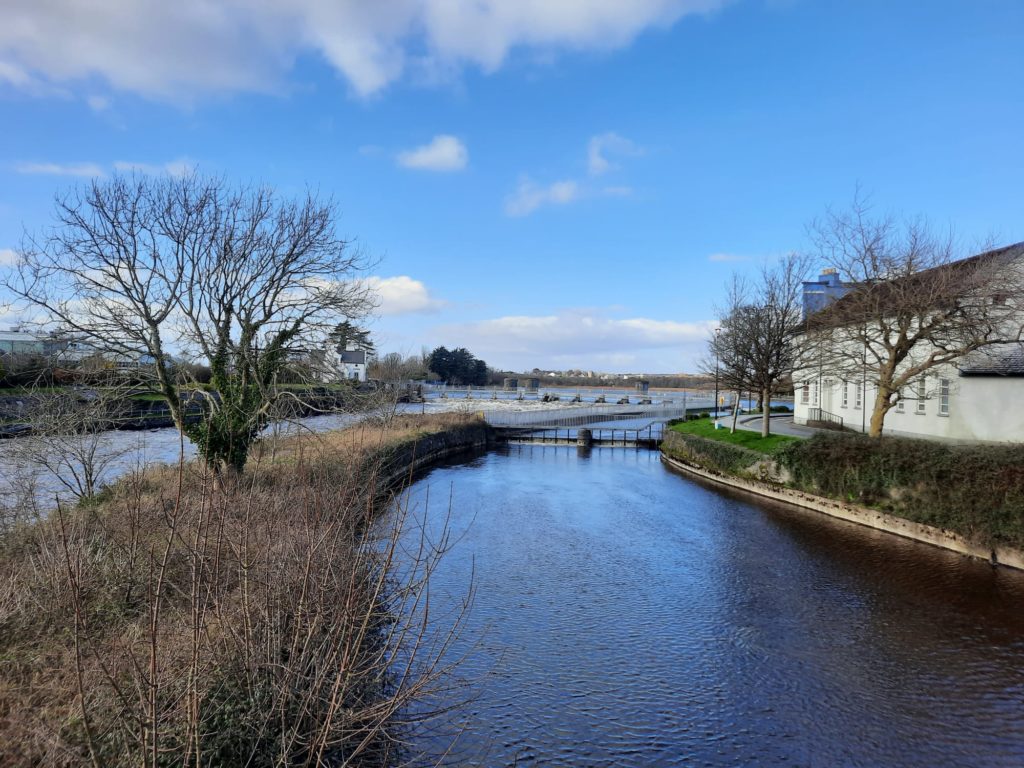
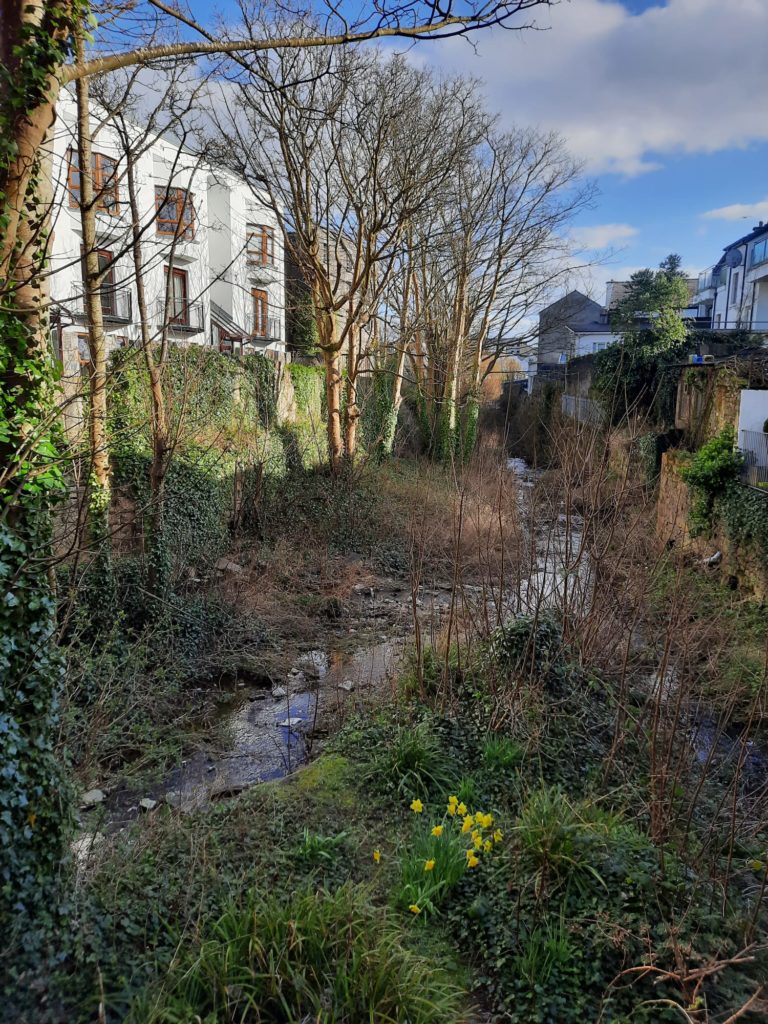
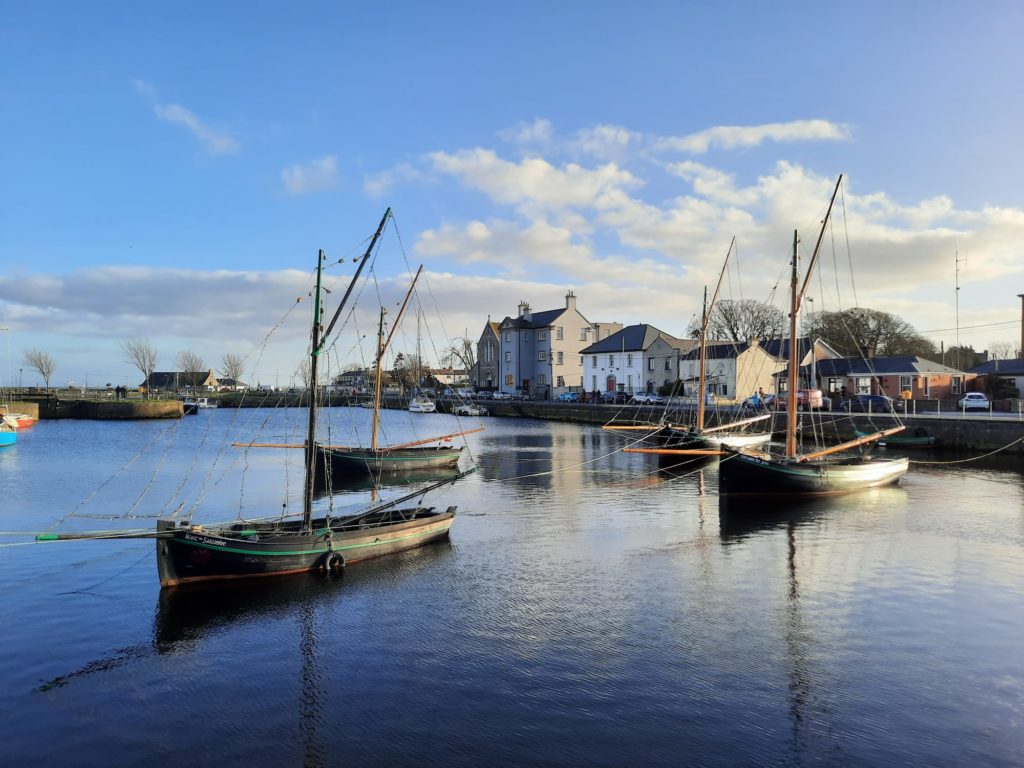
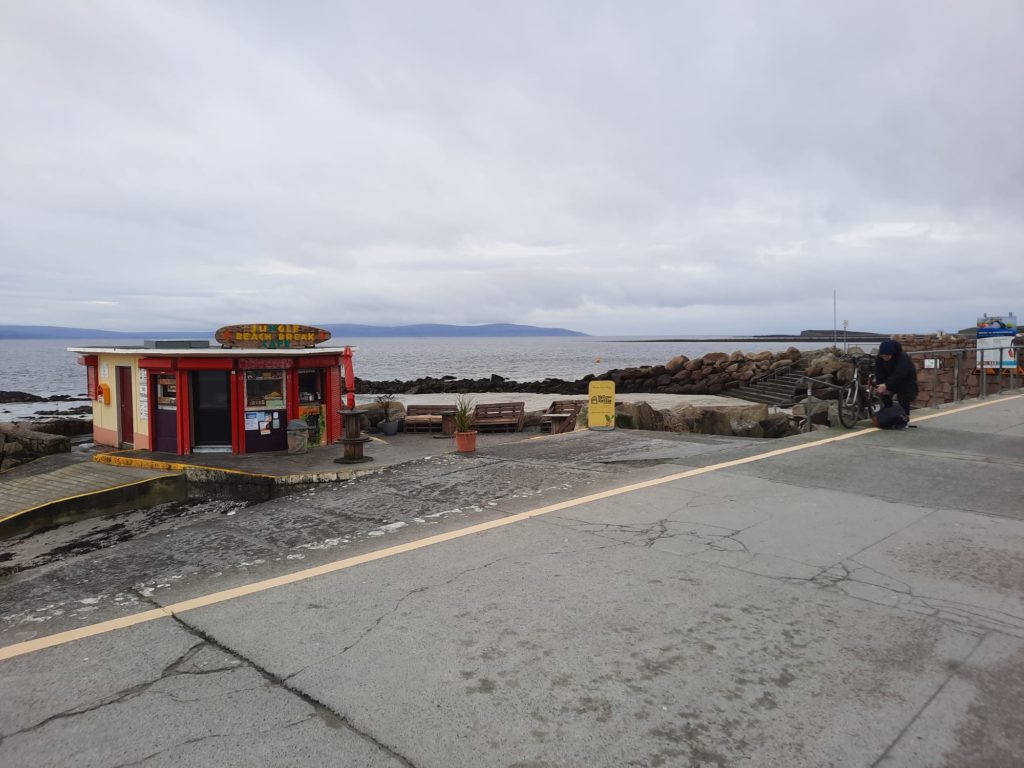
Galway: An Introduction
I recently had the good fortune to be invited to a conference in Galway. Being the travel enthusiast that I am, I made arrangements to arrive early and spend the weekend getting to know the city. When researching possible activities it quickly became apparent that there’s a fair bit in Galway that’s seasonal. My first day in the city confirmed it: there’s a lot that is perfect for summer visitors, and isn’t so useful to those who come in the off season.
That’s not to say that a trip to Galway outside of summer is a wasted one. I came in March 2023, and found plenty to fill a weekend (and a bit more). There are a few things that will decide whether a similarly-timed trip is right for you:
- The weather. This is luck of the draw of course, but when I visited I had one nice weekend day and one not so nice one. There was plenty to do on the nice day. On the not so nice one I took it easy, visited one thing, and then enjoyed the facilities at my hotel.
- Whether you have access to a car. If you do, there is some beautiful countryside around Galway, or other towns and cities within easy reach. You could try the Wild Atlantic Way, or spend a day in Limerick or Ennis. I didn’t have a car, but this suited me as I wanted a slower pace and to experience the city itself.
- What sort of activities you enjoy. A lot of attractions (like smaller museums or boat rides on the Corrib) were closed when I visited. A few were open, like the Galway City Museum and Galway Atlantaquaria. But if you’re happy in a pub, shopping, or visiting churches, you can easily fill your time. There are also special events to consider: Galway has different festivals through the year, St Patrick’s Day activities and the like.
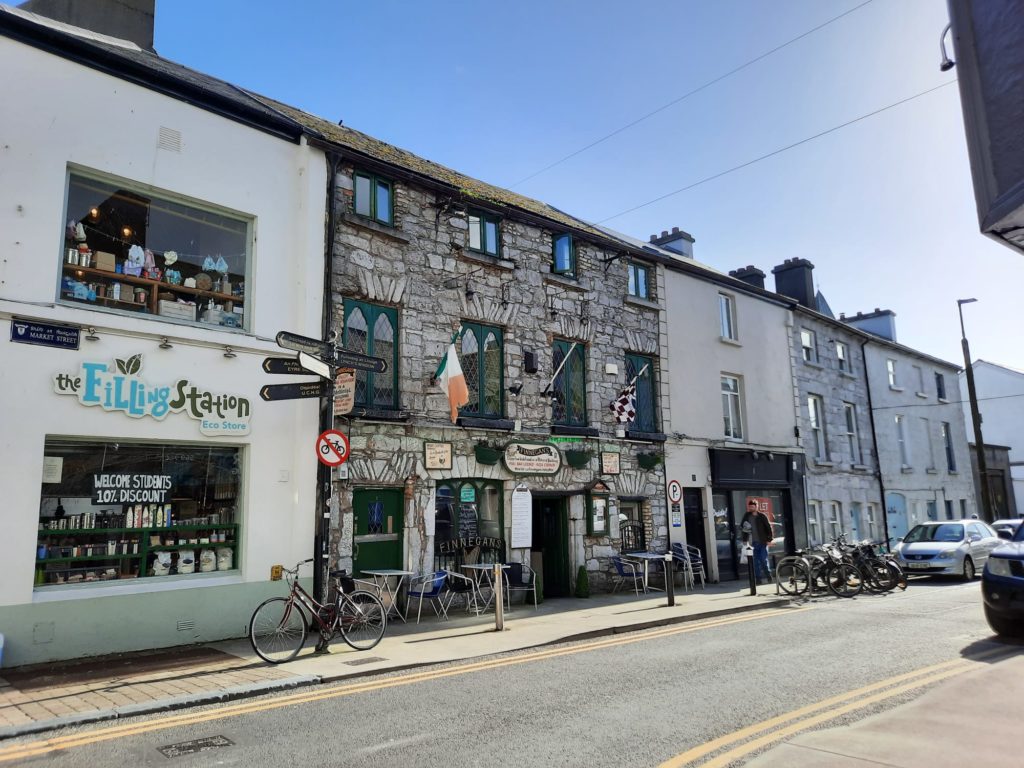
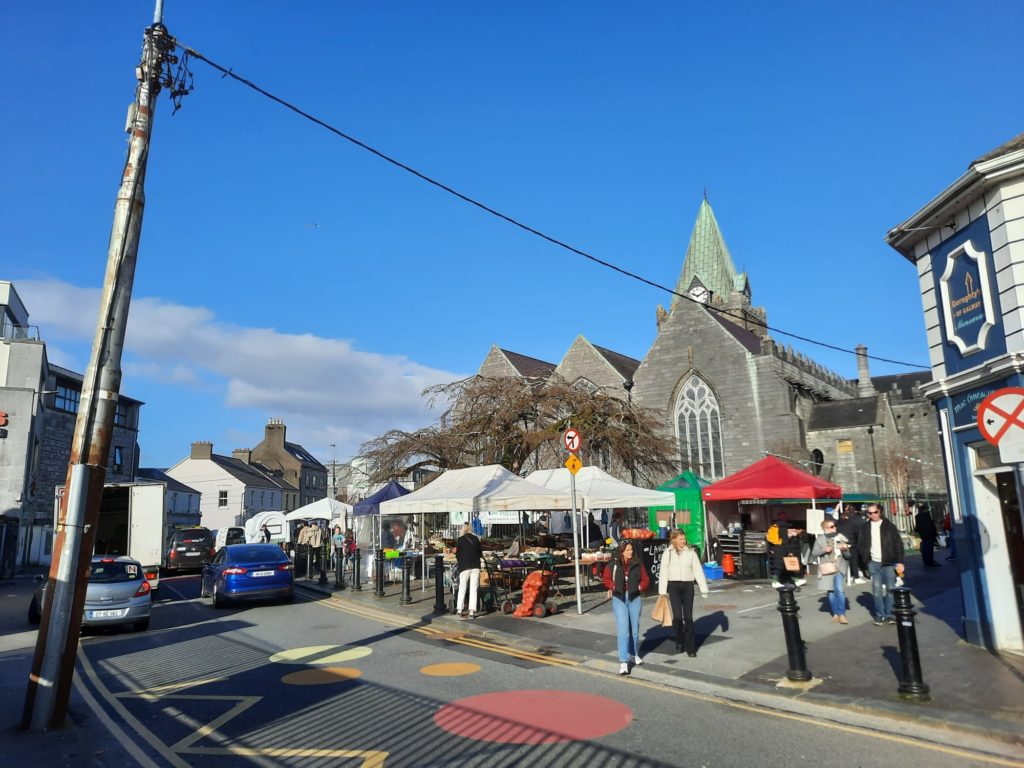
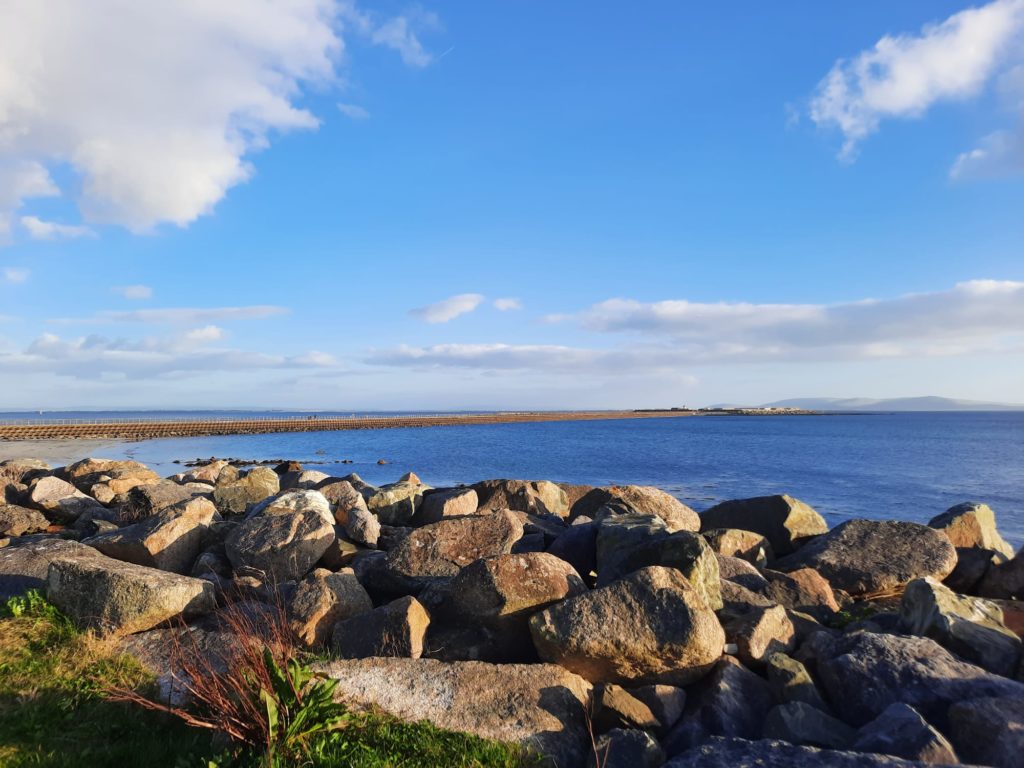
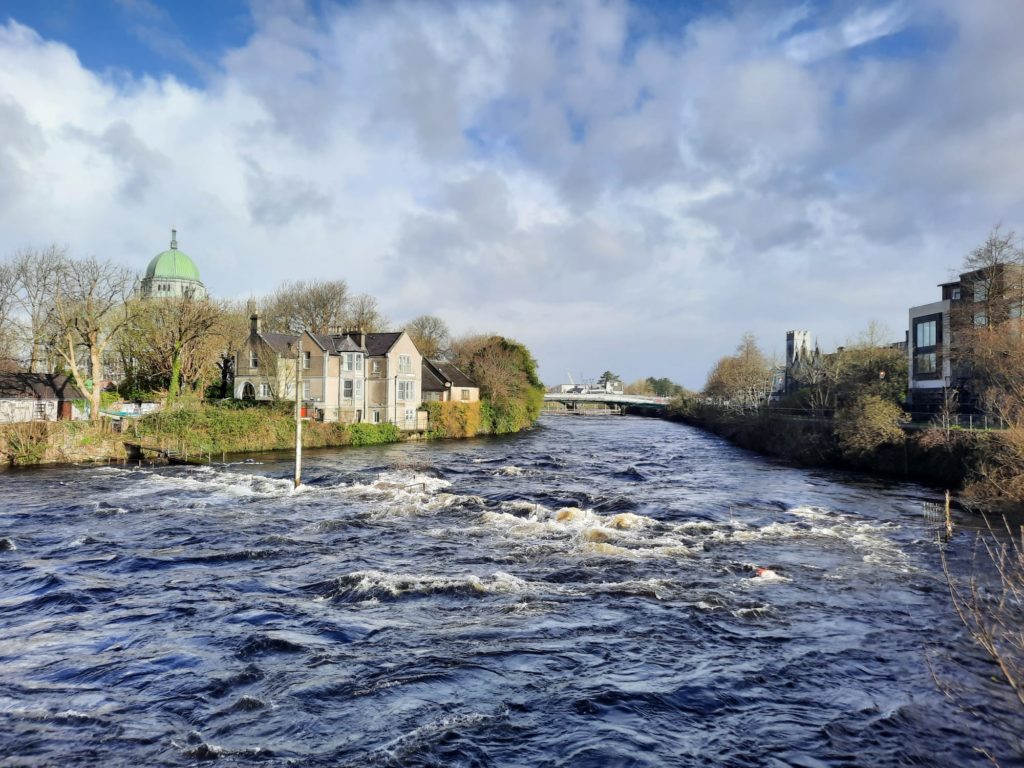
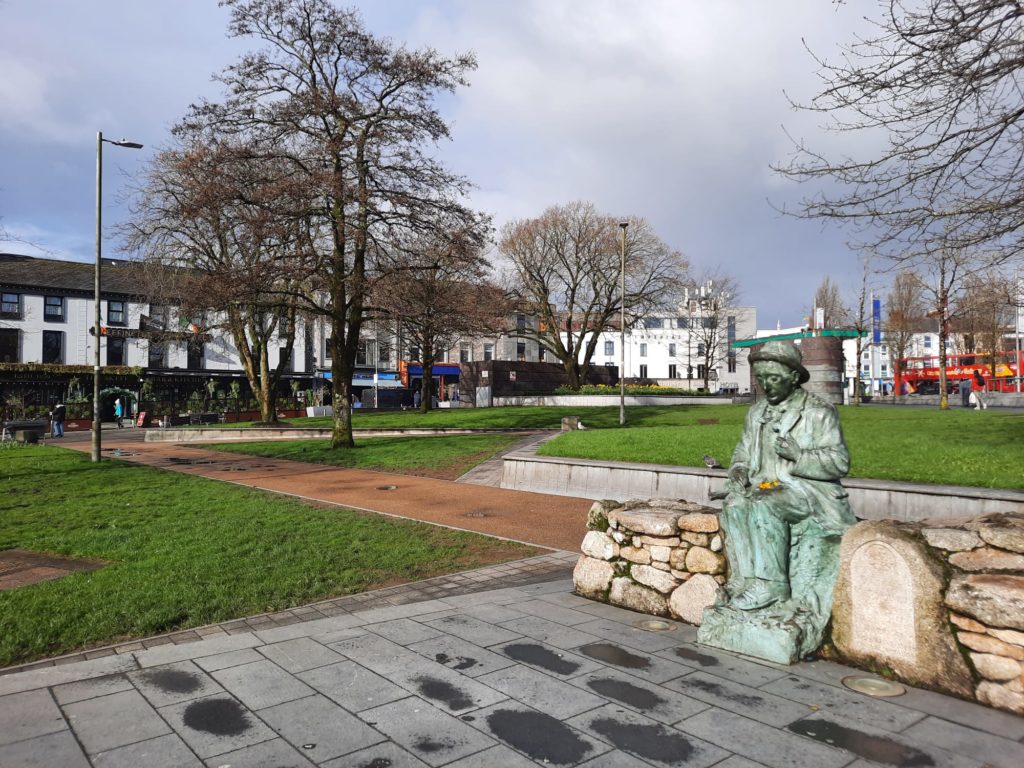
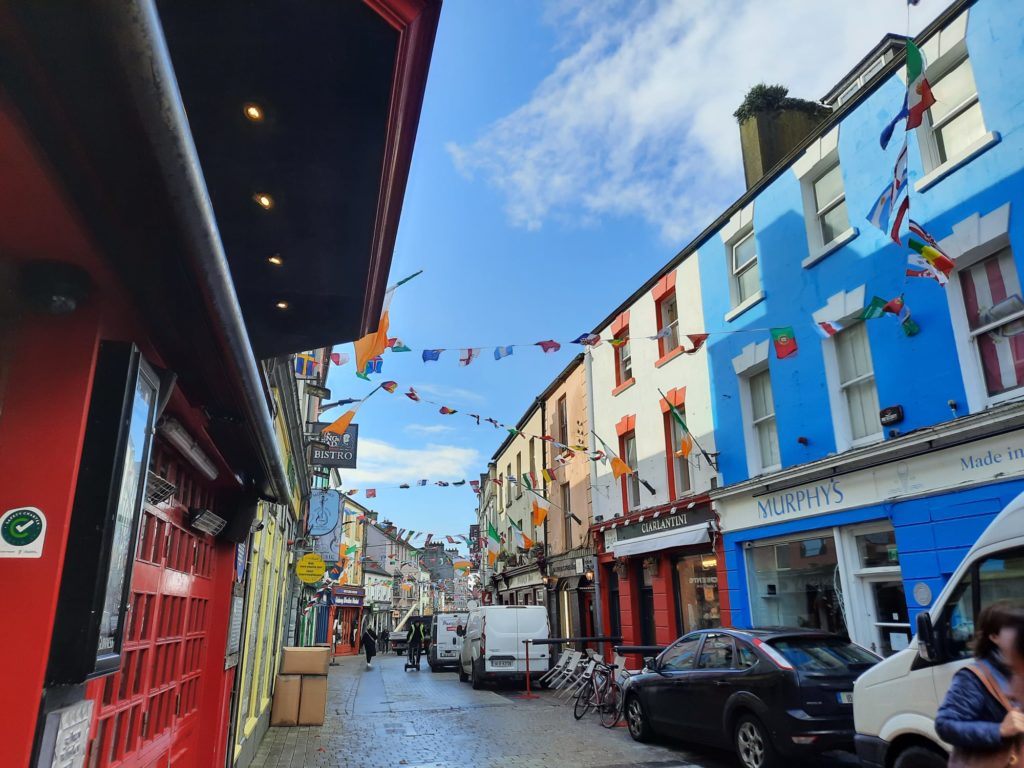
A Brief History
Galway is the fourth biggest settlement in the Republic of Ireland, with a population of more than 80,000. It lies at the meeting point of the River Corrib and the Atlantic, on Ireland’s West Coast. Founded in the 12th Century, it came under Norman control in the 1230s. In the medieval period it was the main port in Ireland for trade with Spain and France. Christopher Columbus definitely came here, and less definitely formed ideas about transatlantic travel here.
Galway’s fortunes altered over the years under external forces: various political alliances, skirmishes and seiges; the Great Famine of 1845-52; and the Civil War in the 1920s. Today, Galway is known as a city of arts and culture, with a close association with the Irish language. It is a UNESCO City of Film, is well represented in literature and poetry, has a permanent Irish language theatre, an annual Arts Festival and a strong music scene.
Weekend visitors to Galway will likely stick to the central city, and perhaps the seaside suburb of Salthill. The former has a medieval character despite most buildings being later. This is where you can buy souvenirs, grab a pint at a cosy pub or sit and watch the world go by in Eyre Square. Salthill is the place for a stroll (weather dependent). It’s about a 30 minute walk between the two, mostly along a beachside promenade.
In between the two once stood a lost sight of Galway. The Claddagh (or An Cladach, ‘the shore’) was a fishing village, the home of fishermen (and their families) who sailed in Galway Hookers, spoke Irish and sold their catch near the Spanish Arch. Their thatched houses were once a famous tourist destination, but were demolished in the 1930s and replaced with council housing. One remaining cottage can be visited today (by prior arrangement) as a museum and craft workshop. This post isn’t about what you can’t see, however, so let’s get on with what you can see!
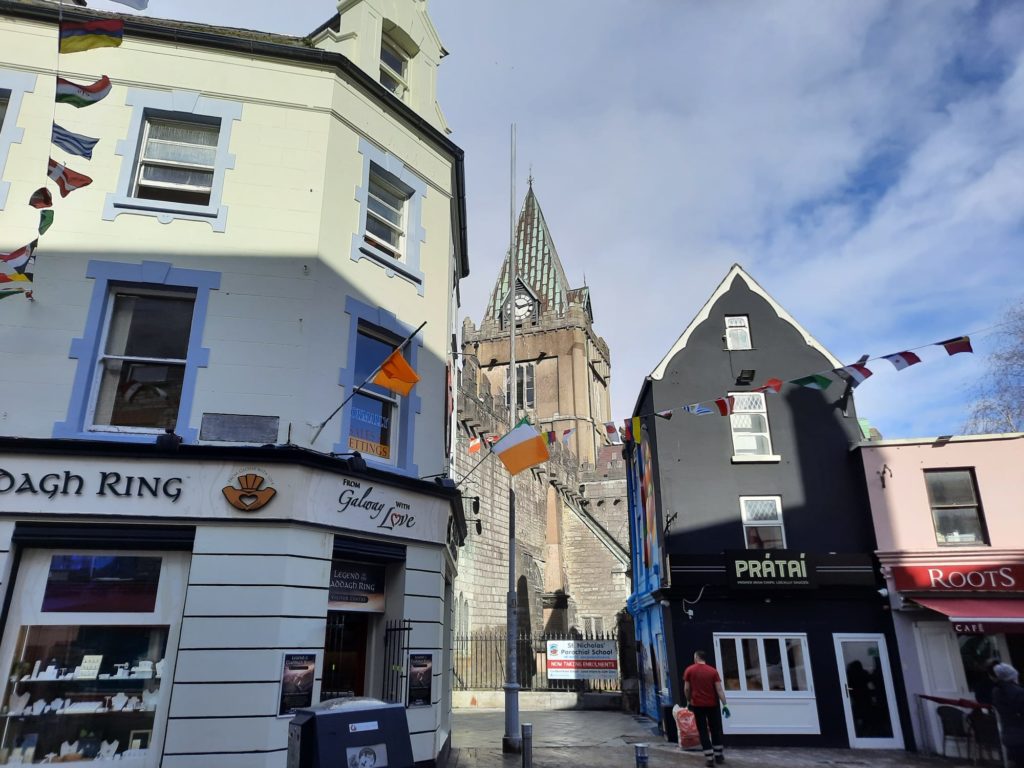
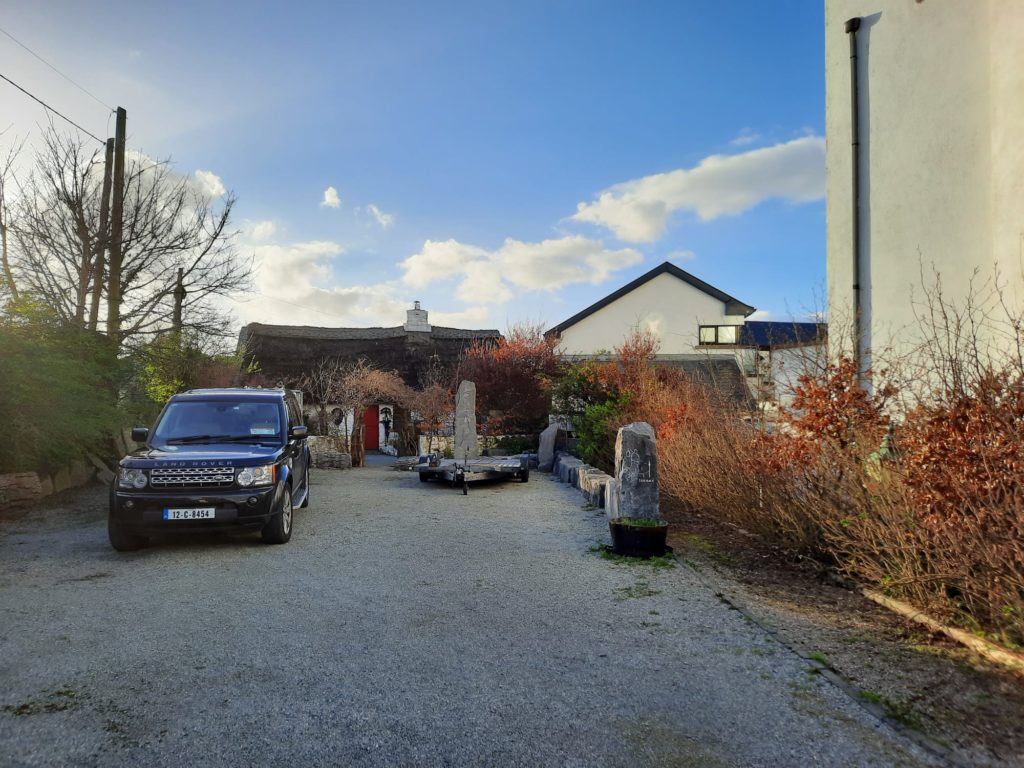
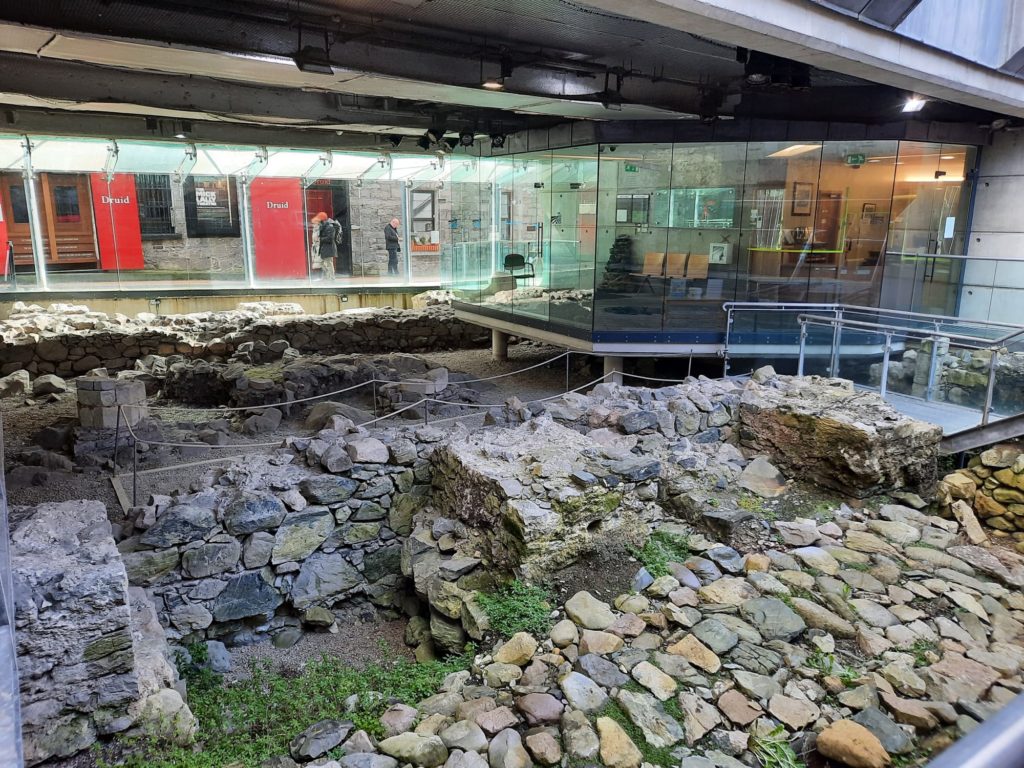
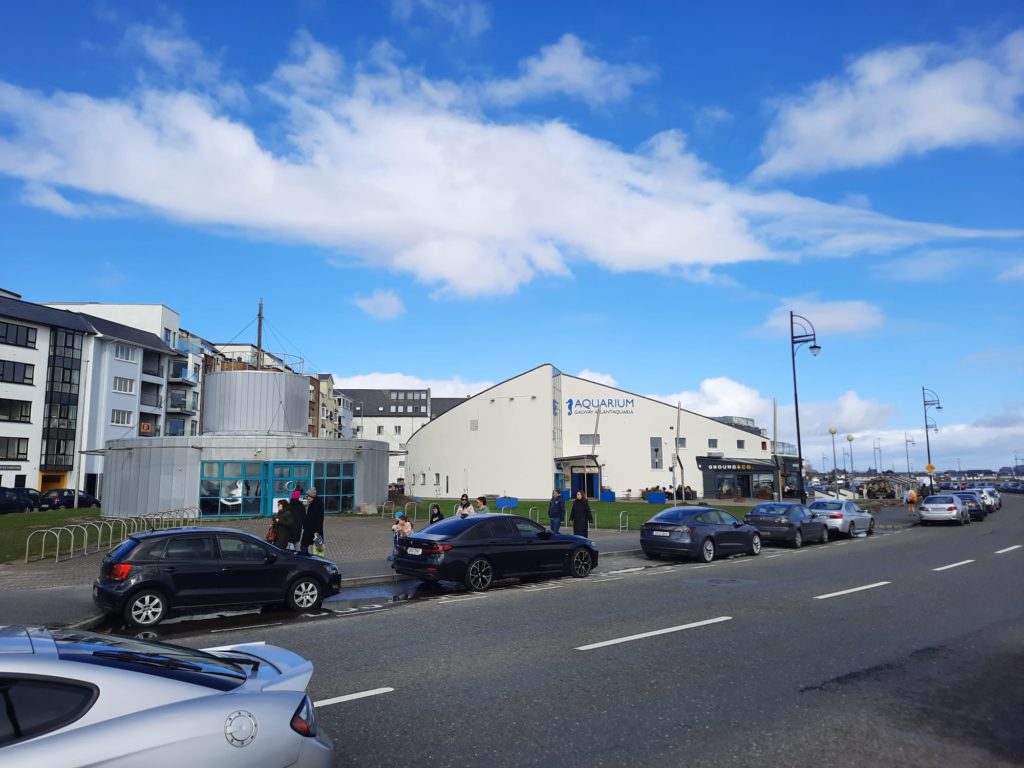
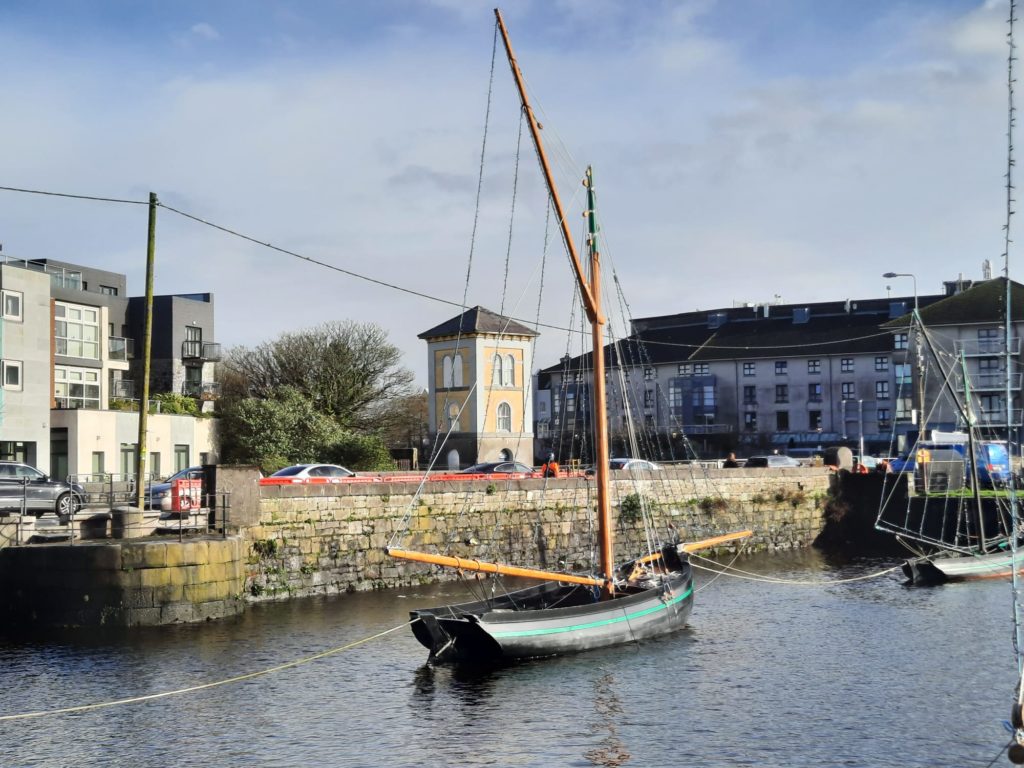
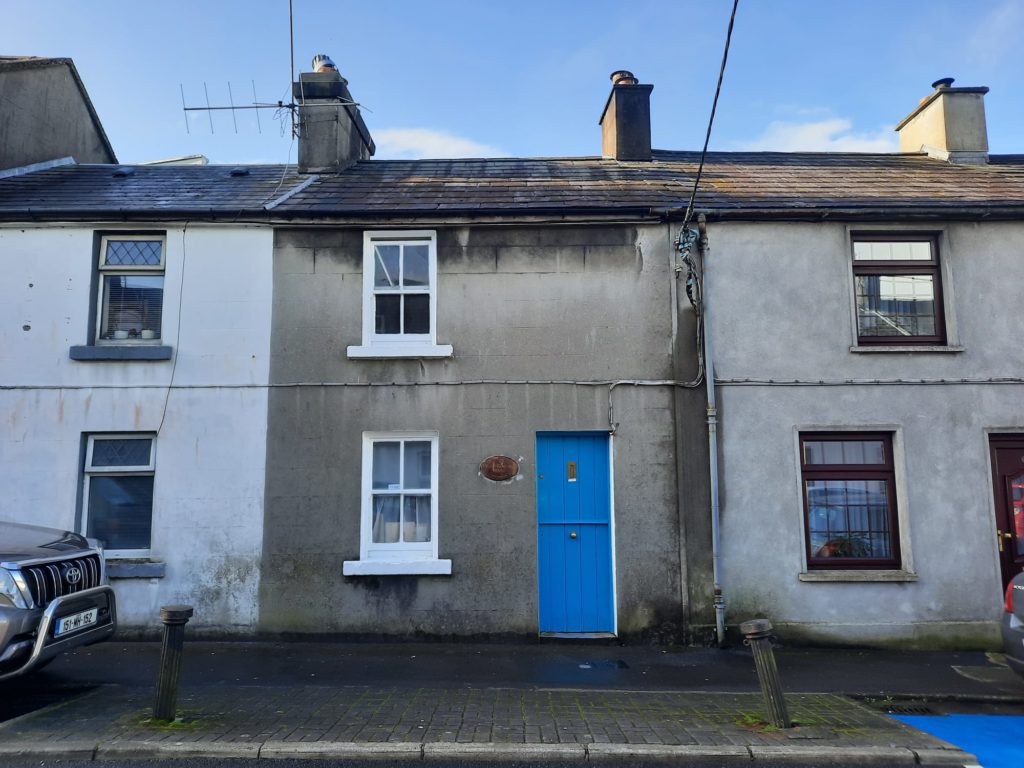
Visitor Attractions
I’m not going to lie, visiting in the off-season definitely seemed to mean more attractions that were closed than ones that were open. It could be that Covid is also still having an impact here, or that I visited on a bank holiday weekend. This was why weather made such a difference to my trip: not many places (aside from pubs and shops) to duck into in the rain.
There are some places you can visit year-round, however. A good place to start is the Galway City Museum, located next to the Spanish Arch. It’s free to visit, and has information about Galway and also the nearby Aran Islands. Not far away is the Legend of the Claddagh Ring, more a shopping opportunity than a museum but it will do in a pinch. Or there’s Katie’s Cottage in the Claddagh itself which I mentioned before. The Hall of the Red Earl is not open at weekends, but to be honest you get almost as much out of looking through the glass frontage. This is an excavated medieval municipal building used for tax collection, banquets, and to dispense justice.
If you’re in Salthill, there’s the Galway Atlantaquaria. This is Ireland’s national aquarium, focused on the Atlantic Ocean just outside its doors. This is of course a good pick for families, but this solo adult enjoyed an hour or so looking at the fish in different replica habitats.
But otherwise I seemed to find myself looking at the outside of visitor attractions which would hopefully be open during the summer. I had already read that the Fisheries Tower wasn’t open so that one was not a surprise. This 19th Century draught-netting tower doubled as a lookout for illegal fishing. It houses a small museum. An even smaller (and similarly closed) museum is Nora Barnacle House, once the residence of James Joyce’s wife.
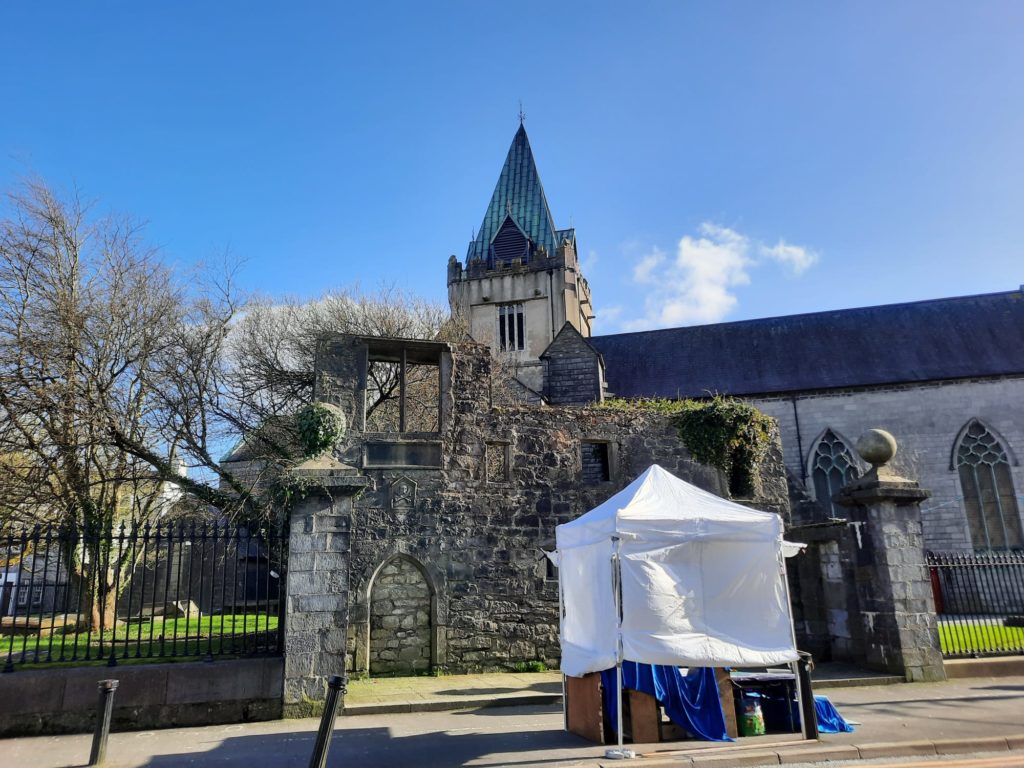
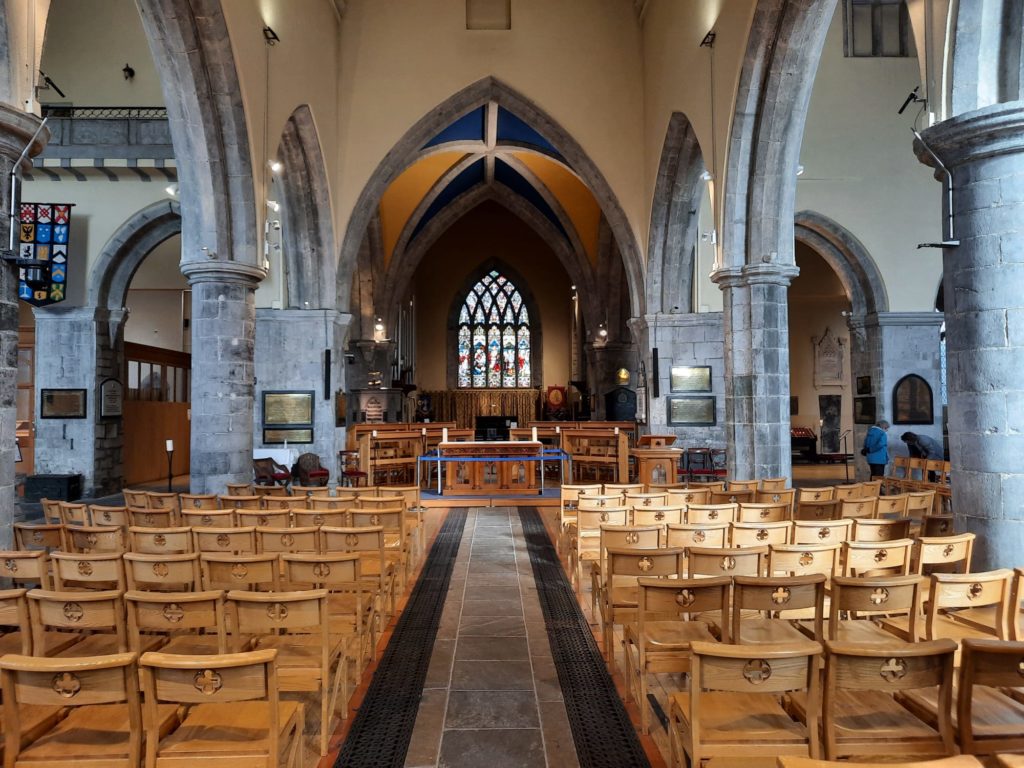
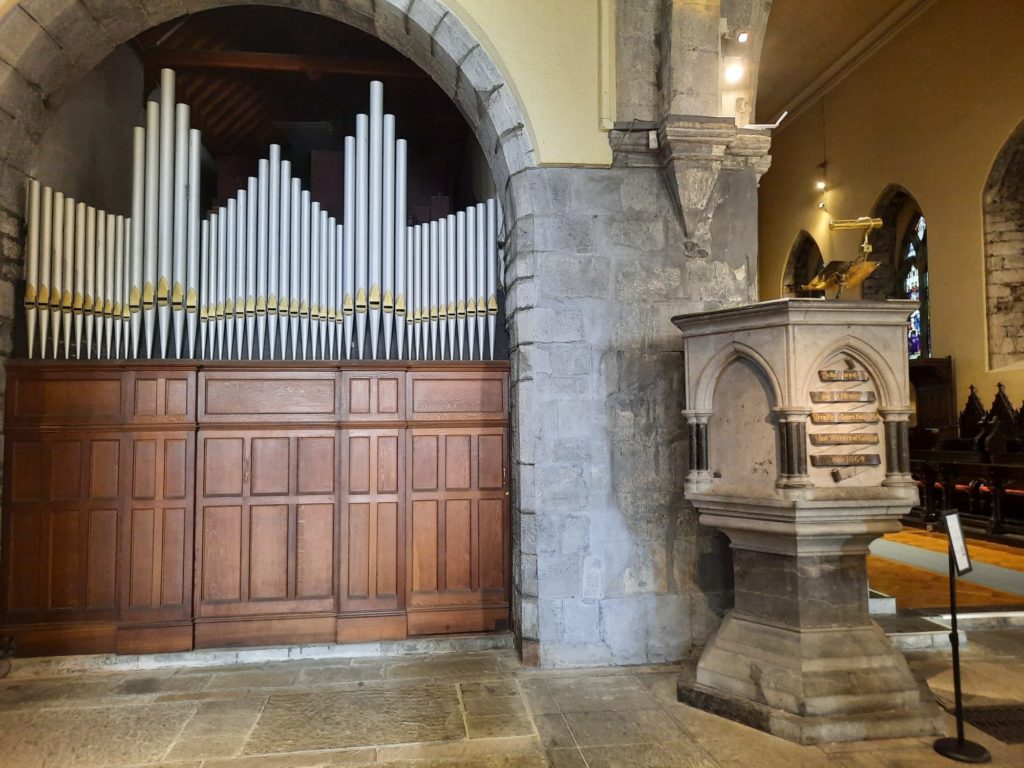
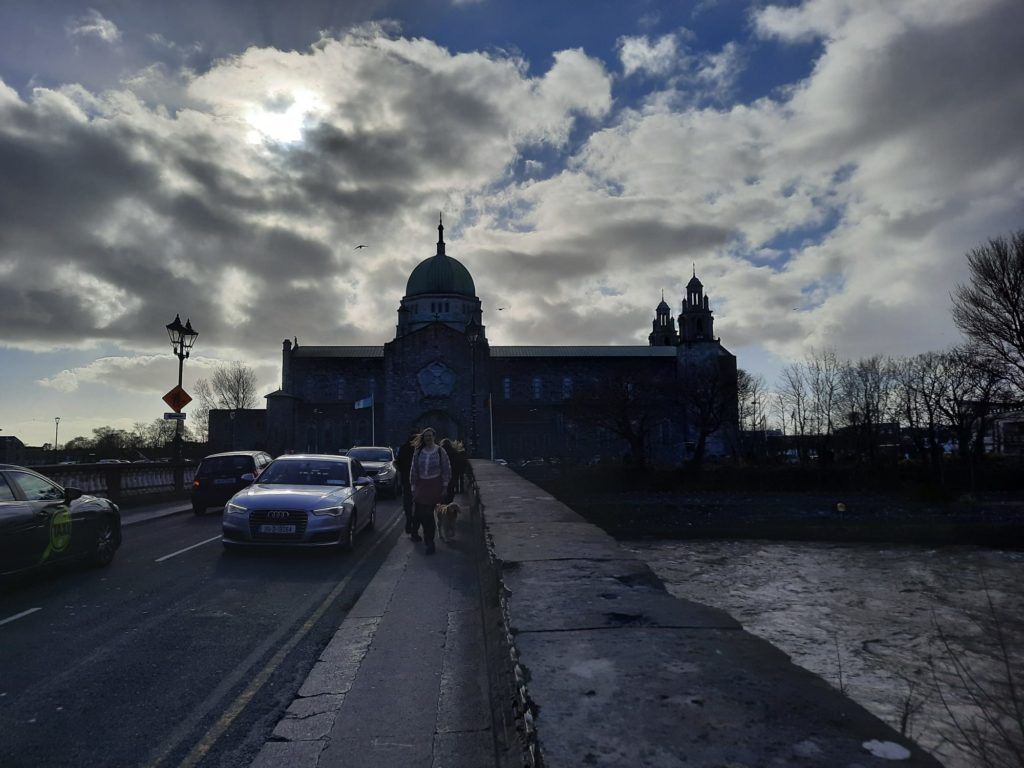
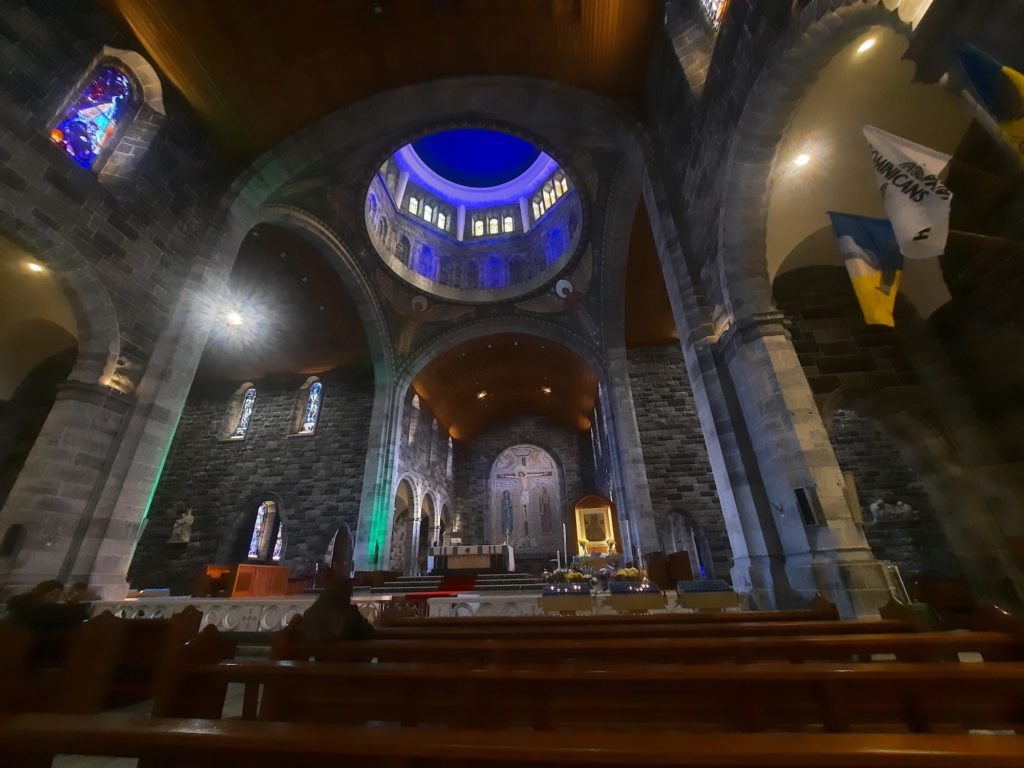
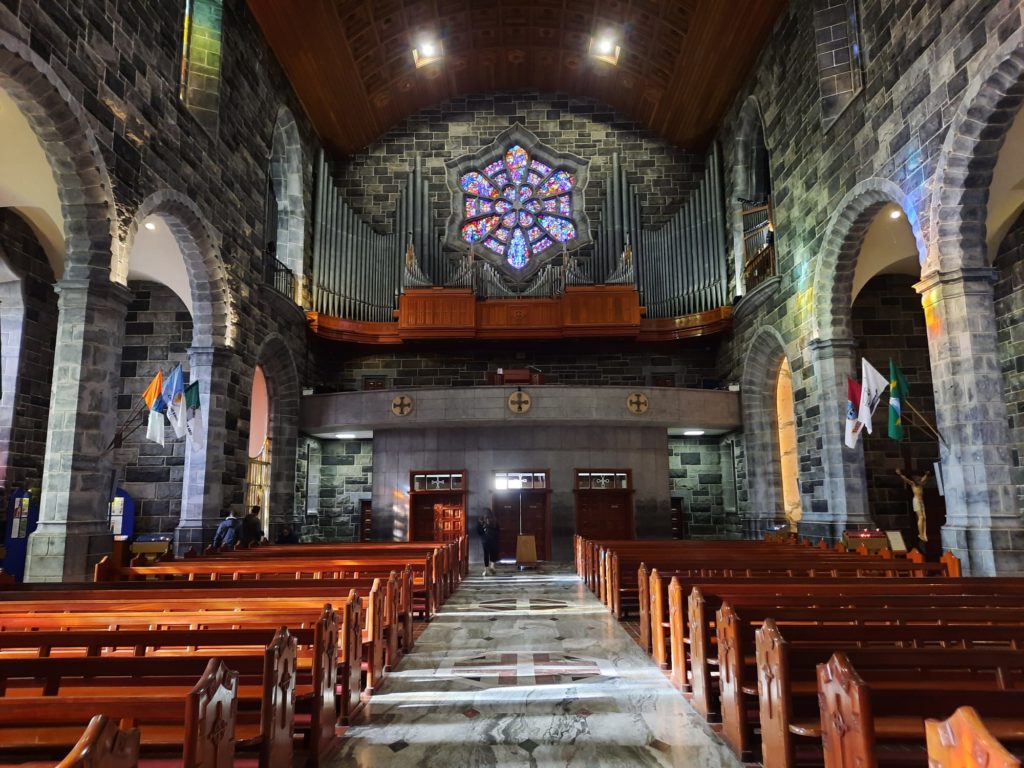
Churches
It won’t be a revelation to you that religion is an important topic in Ireland. You will see a number of churches around Galway, most of which appear to have thriving congregations. As a visitor, there are two in particular that you are most likely to visit: the Collegiate Church of Saint Nicholas, and Galway Cathedral.
The Collegiate Church of Saint Nicholas is the largest medieval parish church in Ireland still in constant use. It dates to about 1320 and is on the site of an earlier chapel. It was extended in the 16th Century. It’s dedicated to St. Nicholas of Myra, now Turkey. St. Nicholas is of course the origin of Santa Claus. He is the patron saint of children and also, more importantly for Galway, sailors. When Christopher Columbus came to Galway in 1477, it is likely here that he worshipped.
Entry is by €5 donation, and you will be given a guide to the church’s historic features. Among other notable sights there is a Napoleonic banner, a ‘Crusader’s tomb’, and vocational tombstones with symbols of the deceased’s trade (such as three crowned hammers for a goldsmith). It’s a charming church, and well worth a visit. I was lucky to hear an organist at practice when I visited, which added to the atmosphere.
Galway Cathedral is a much newer affair. In fact it only opened in 1965. It is a nice blend of traditional and modern, and quite harmonious despite taking inspiration from Renaissance, Spanish and Romanesque architecture. The materials are also a global mix, with mostly local stone combining with African and American wooden pews and ceiling beams. The artwork is sympathetic with the traditional yet modern style, and includes a mosaic of John F. Kennedy. Look out for the very impressive pipe organ, and the floor of Connemara sepia marble. The suggested donation is €2.
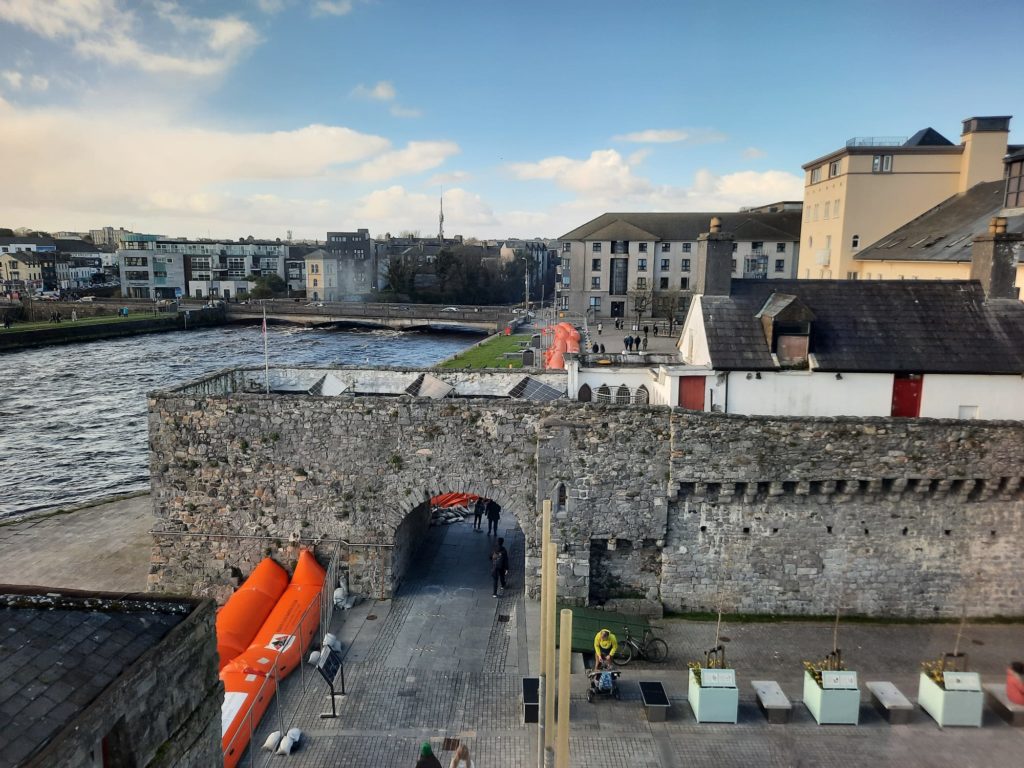
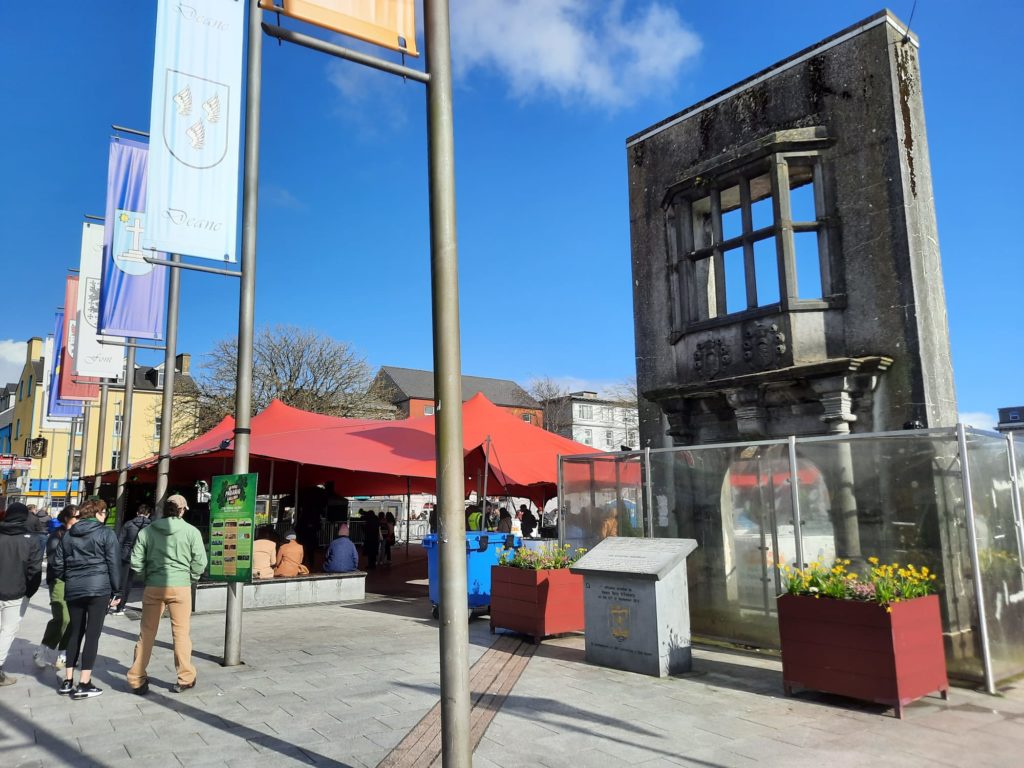
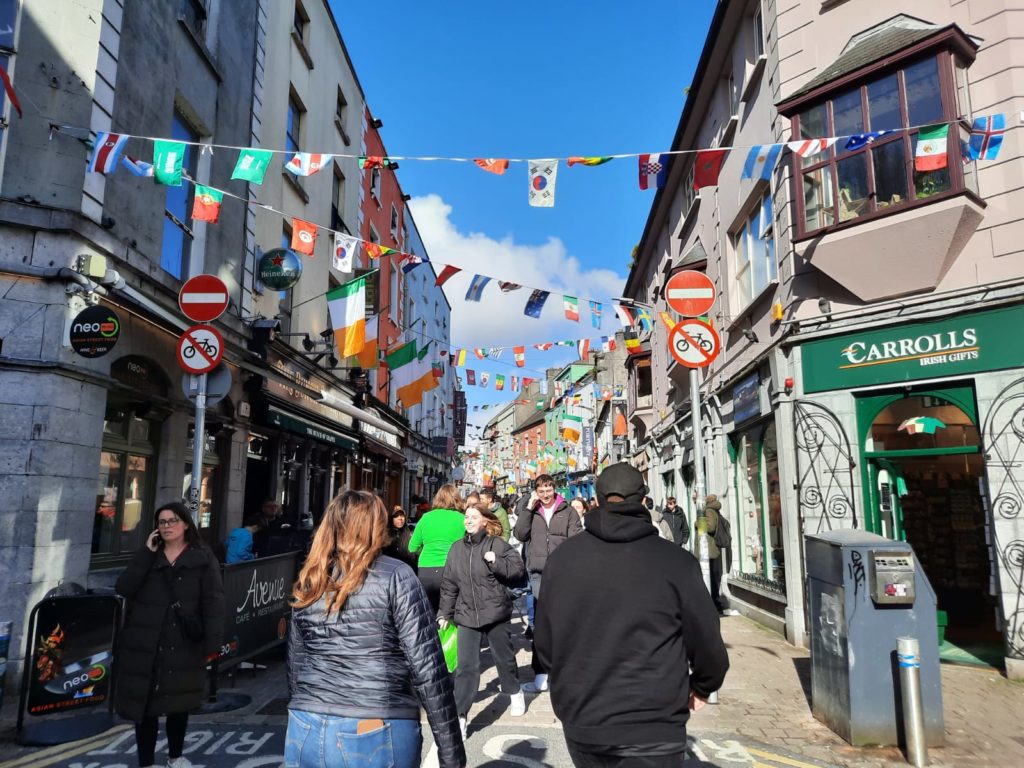
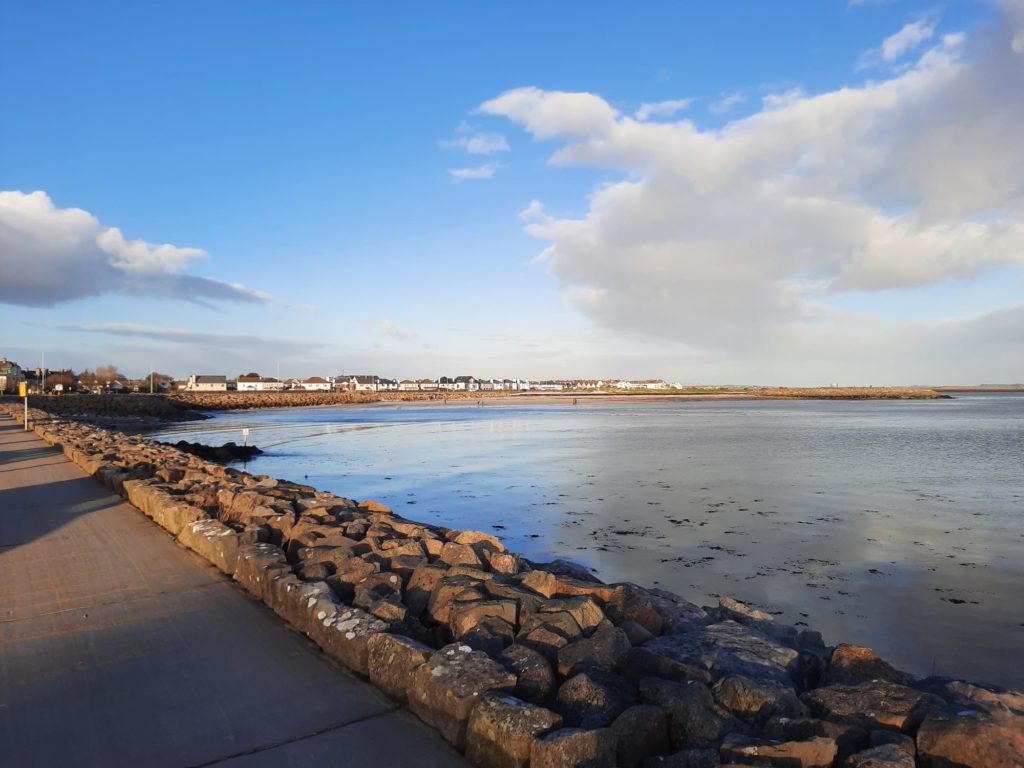
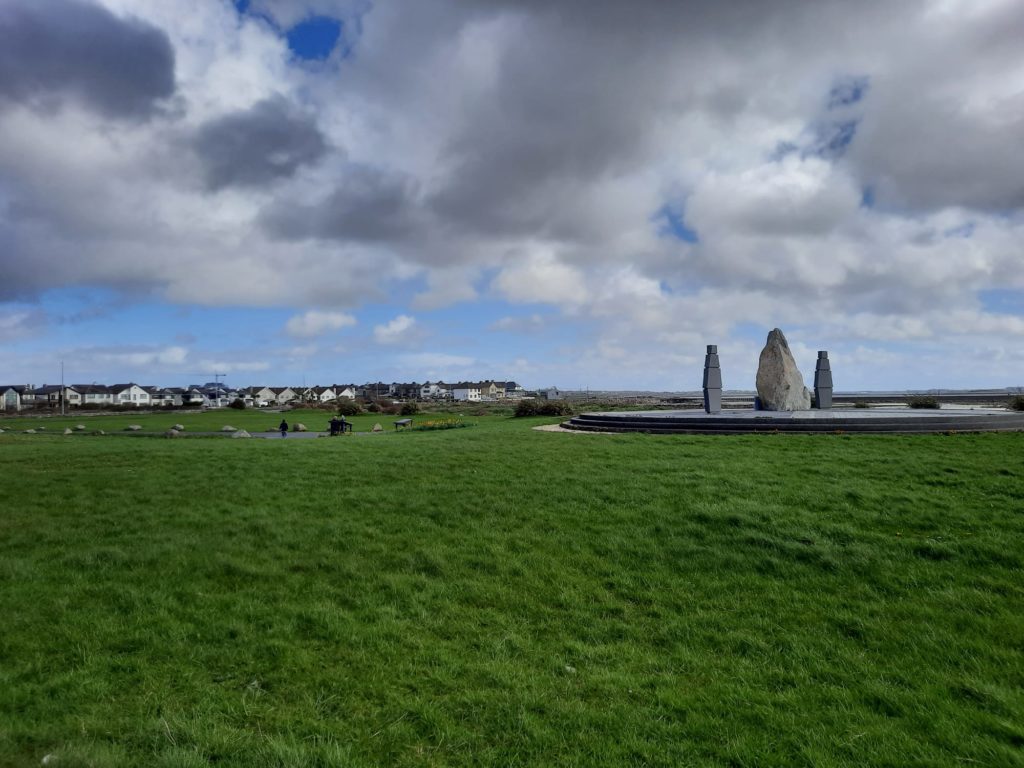
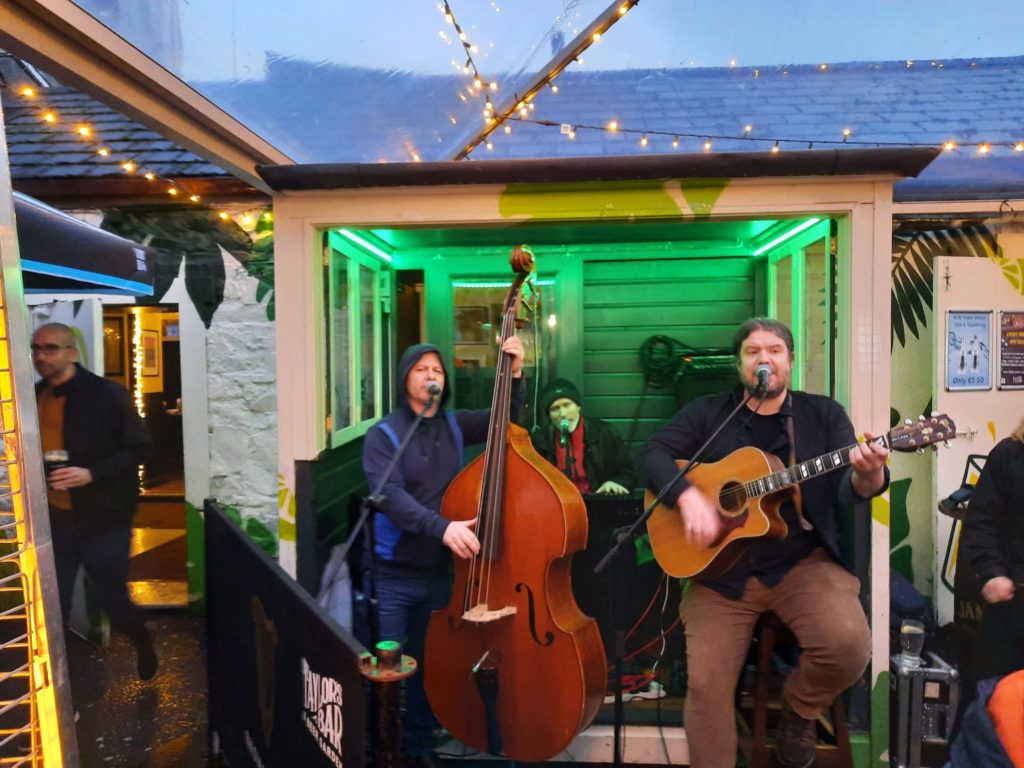
Other Sights
As I said earlier, how much you enjoy Galway depends on whether you need attractions to fill your days, or are happy to go with the flow. You can easily cover the old town (the Latin Quarter) in half a day. Maybe another half a day for Salthill. The interesting bits are in the wandering and the stops you make along the way.
You may want to get your bearings to begin with in Eyre Square. It’s the main square, departure point for tourist bus tours, and a community gathering place. I was in Galway for St Patrick’s Day weekend (not for St Patrick’s Day itself), and there was a programme of live music here. From Eyre Square you can wander through the old town and see a few sights like Lynch’s Castle. You may be tempted by the many historic pubs: my advice is to stop in and try a few. If you’re here during the evening, you’re likely to find live music as well. I found the pubs I sampled to be full of character, with tasty drinks and good craic.
If you’re heading to Salthill for a walk along the promenade, make sure the weather is good or you wrap up warm. Not that that stops the many swimmers braving the Atlantic! There’s even a diving tower over the sea at Blackrock. If you’re walking from the city, you can follow a brief walking tour (or more a walking contemplation if there is such a thing?) on the Great Famine of 1846-52 at The Famine Walk (walk15.org). It ends at the Famine Ship Memorial.
As you cross the bridge, take a look at the River Corrib. I thought before I arrived that the lack of off-season boat trips might be due to low demand. That is until I saw how high and swift the wintery waters were. It’s apparently the second fastest river in Europe.
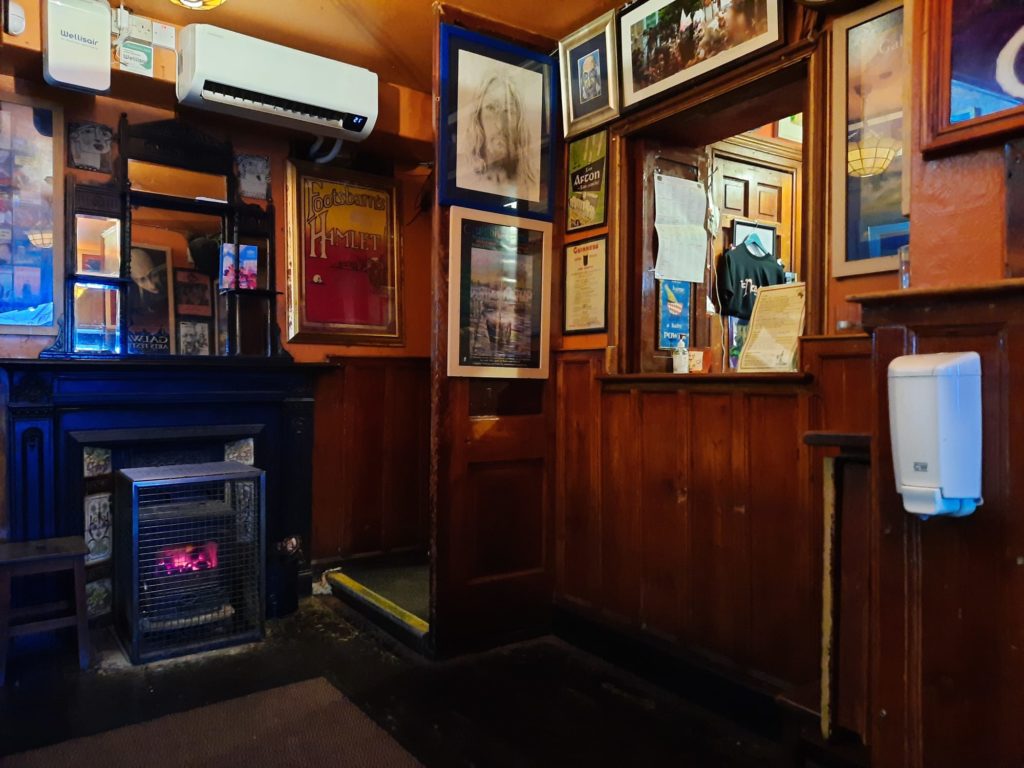
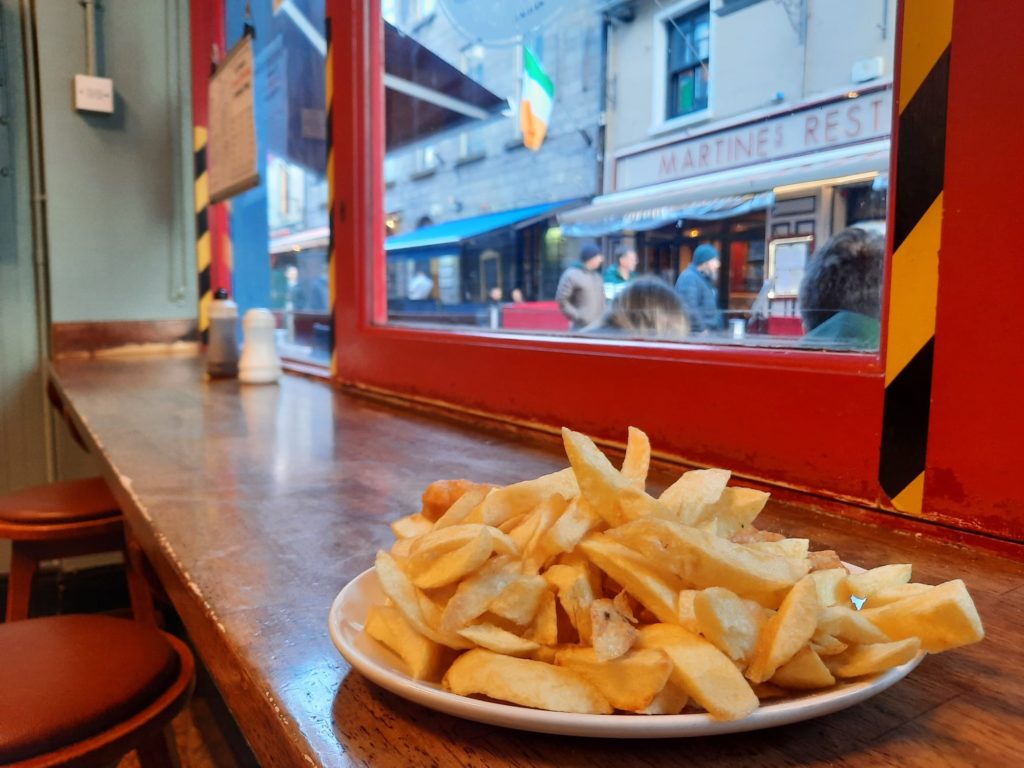
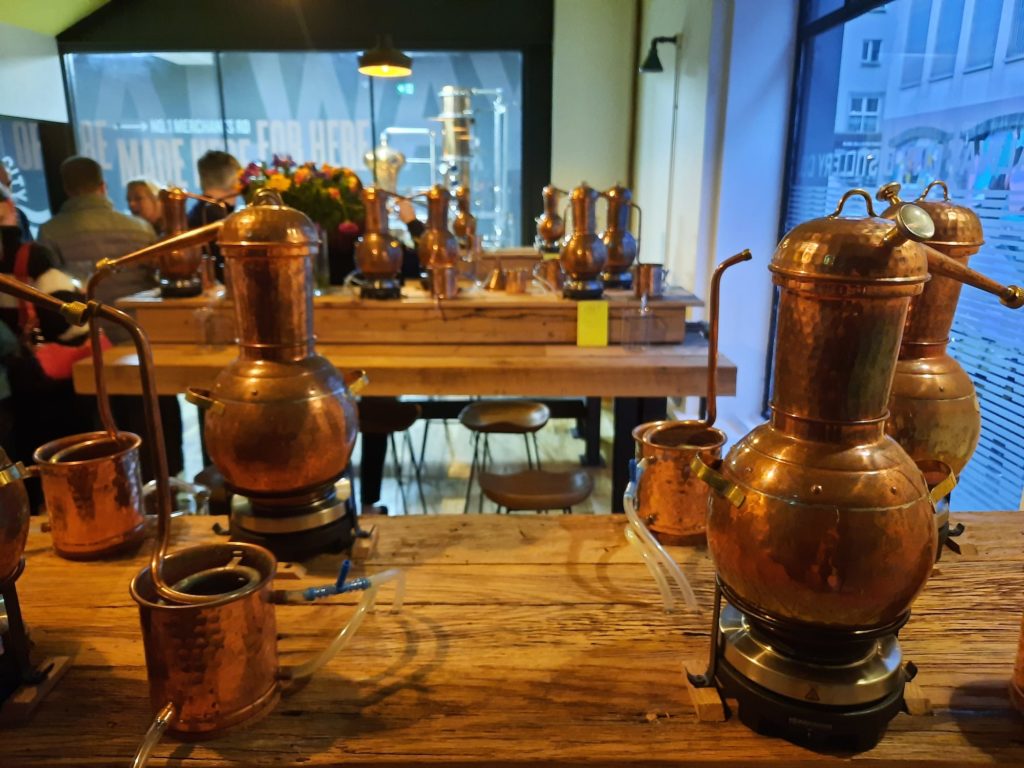
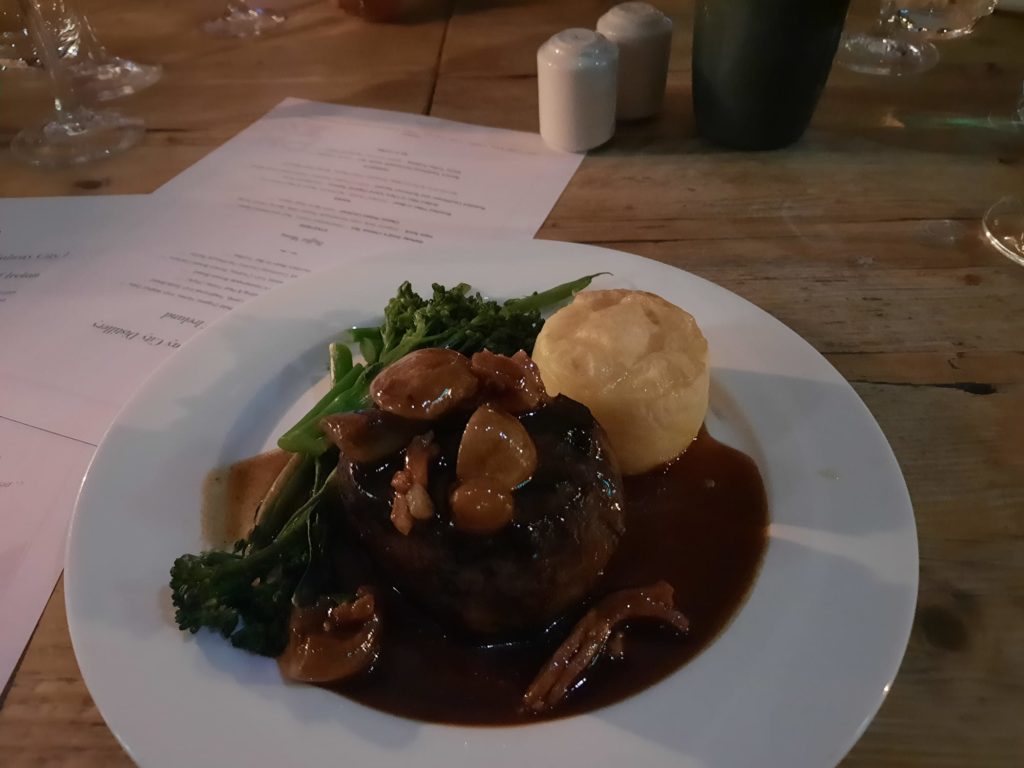
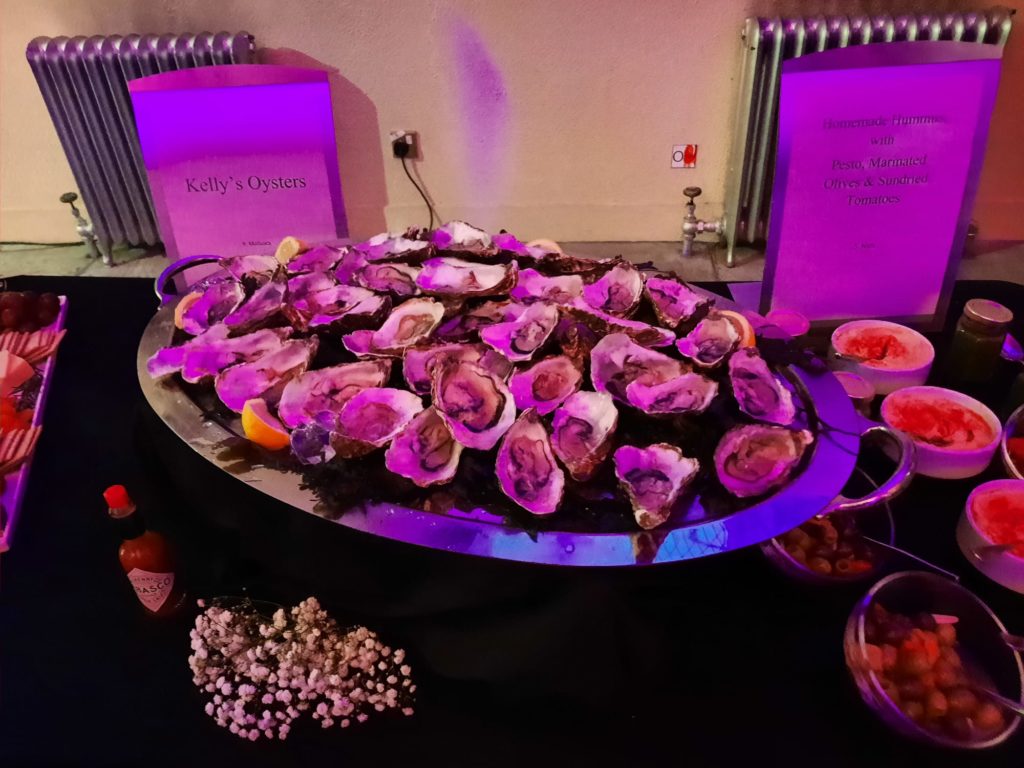
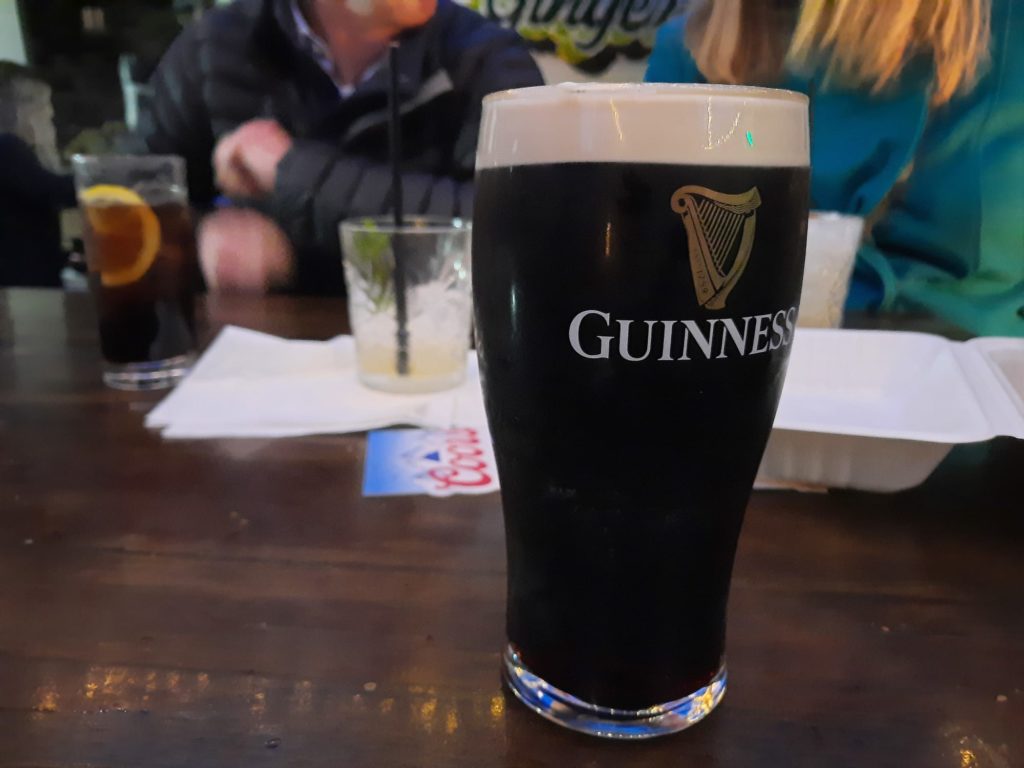
Food & Drink
What would a Salterton Arts Review guide for culture lovers be without a section on food and drink? And there’s plenty to satisfy the tastebuds in Galway. Being on the coast and traditionally a fishing economy, there is some great seafood to be had. I enjoyed tasty fish and chips at McDonagh’s, and also sampled some fresh Kelly oysters. Ireland is also a big producer of beef and lamb, both of which I sampled during my time in Galway.
As far as drinks go, you’ve got to have at least one pint of Guinness while you’re here. I’m no connoisseur, but Irish friends swear it tastes better at home than outside of Ireland. The best pairing is either a traditional Irish band, or striking up a conversation with a friendly local. Or if you’re looking for something a little different, you could try the Galway City Distillery. They have some tasty gins available to sample, and also do classes where you can blend your own botanicals for a unique taste. I tried a seaweed gin, and a coffee one that will certainly wake you up.
Food and drink is a great way to get under the skin of a place like Galway. Stopping to refuel or sample local flavours helps you to slow down and enjoy your time in the city. And the locals really are friendly and willing to chat. If after all this you fancy taking a piece of Galway home with you, you could also stop off at Sheridan’s, a wine bar meets a cheesemonger/deli.
Sláinte! (‘Cheers!’)

